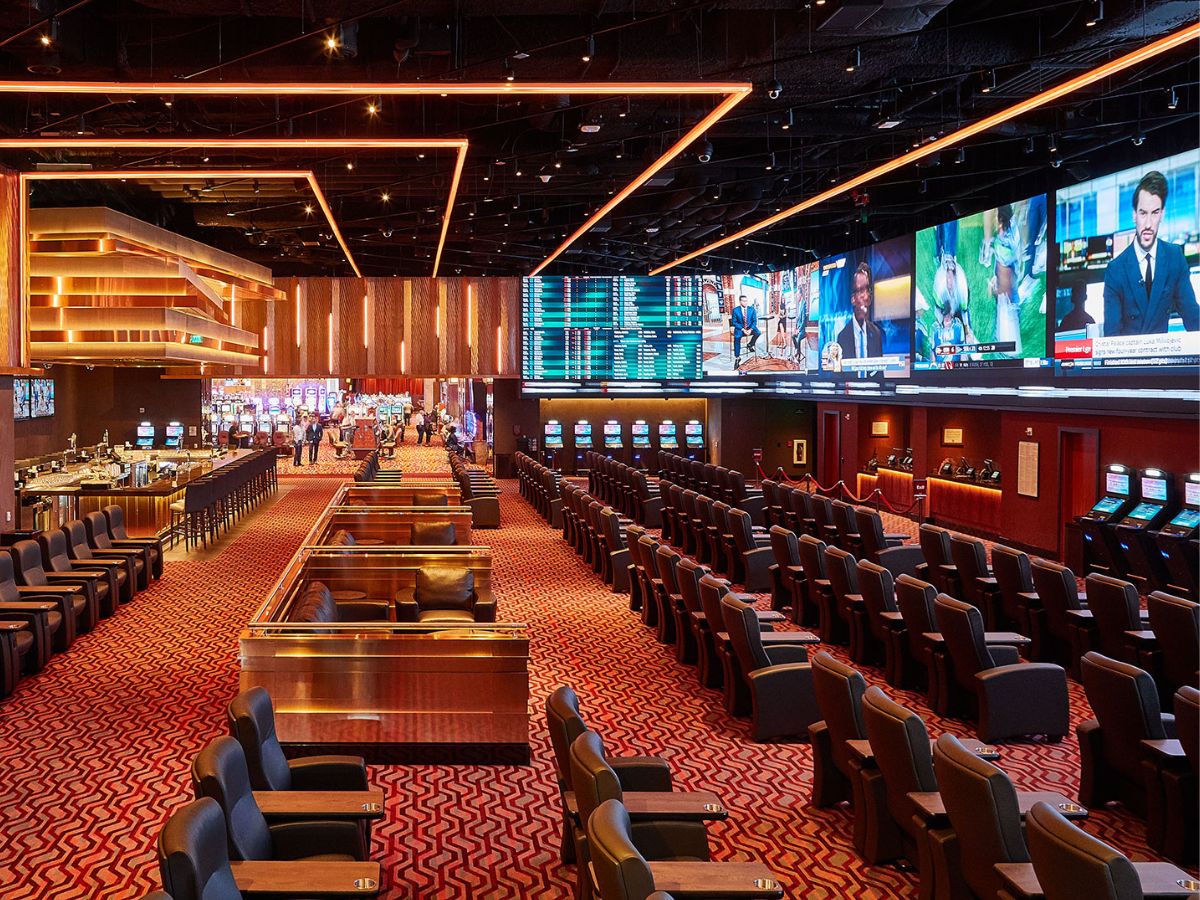The fascinating Psychological principles That drives Gambling Game Design
Gambling games have long captivated people’s attention, drawing participants into a world filled with fortune, strategy, and the allure of thrill. Each activity is carefully crafted not just for enjoyment, but also to elicit specific emotional responses that keep gamblers engaged and committed. Understanding the drives behind these designs reveals much about how human psychology plays a vital role in the gaming experience.
From the dazzling lights and lively sounds to the sophisticated layering of systems and incentives, casino games are designed to create an atmosphere of excitement and anticipation. Game designers leverage psychological principles to influence gambler behavior, whether through the use of jackpots, almost wins, or community engagement. By examining these elements, we can better appreciate how casino games fulfill not just a desire for entertainment, but deeper psychological needs for thrill and hazard.
Understanding Player Behavior
Casino games are engineered with a thorough understanding of gamer psychology, which is essential for luring and holding players. The thrill of the game, combined with the hope of winning, produces a formidable attraction. Game designers utilize elements like audio cues, colorful graphics, and engaging gameplay to capture attention and generate emotional responses. These sensory elements enhance the total environment, making players feel more invested in the game.
Another significant aspect of player behavior is the concept of risk and reward. Casino games often weigh high-stakes situations with the potential for considerable rewards, which can cause the event known as near-miss effect. When players come near to winning, the brain produces dopamine, bolstering their behavior and encouraging them to continue playing in pursuit of that fleeting win. This cycle of wish and frustration plays a key role in how games are designed and marketed.
Lastly, community aspects also play a central role in player behavior at casinos. Many games are crafted to be played in teams or alongside other players, fostering a sense of community and communal experience. The social interaction inherent in games like poker enhances enjoyment and can result in extended gameplay. Designers leverage on this by creating environments that invite players to remain, connect, and come back, making the overall casino experience more attractive.
The Role of Visuals and Audio
Visuals and sound play a significant role in enhancing the player’s experience within gambling games. Designers utilize bold colors, striking graphics, and captivating animations to attract gambler’s attention and hold their focus. The use of themes, such as exploration or luxury, helps create an enthralling atmosphere that transports players into a different world. By appealing to the senses, these elements add to a heightened emotional response, encouraging players to interact more deeply with the games.
Audio design is equally important in reinforcing the experience of gambling games. Ga179 The combination of ambient music, audio effects for winning combinations, and environmental noises creates an sound landscape that keeps players enthralled. Sounds associated with wins, such as ringing bells or festive music, evoke feelings of thrill and satisfaction, prompting players to continue playing. These audio cues are carefully placed to amplify the thrill of the game and create a more engaging experience.
Additionally, the alignment of visuals and sound is crucial for reinforcing the game’s overall theme and mood. Each element should coordinate seamlessly to create a cohesive experience that pulls players in. The effective use of this synergy not only enhances user enjoyment but also boosts the chances of return play, as players become more invested in the immersive world that the gambling games offer. This thoughtful integration of imagery and audio ultimately enhances player involvement and commitment.
Reward Structures and Participation
The design of casino games heavily depends on reward structures to keep players involved and returning for additional experiences. These systems are rooted in behavioral theories that exploit human nature and motivation. Participants are often driven by the excitement of success, which is reinforced by immediate responses through the game structure’s mechanics. This prompt satisfaction not just improves the gaming experience but also cultivates a sense of success, prompting participants to keep playing in hopes of bigger gains.
Gaming establishments adopt various incentive systems, such as large payouts, extra rewards, and multipliers, to captivate participants. These features create a level of excitement that sustains engagement. Additionally, the unpredictability of outcomes plays a significant role in sustaining interest. The intermittent reinforcement schedule, where successes are random but happen often enough, maintains participants on edge and motivated to continue participating. This cycle of hope and expectation is foundational to the effectiveness of gambling experiences.
Moreover, social elements, such as tournaments and multiplayer features, enhance the participation factor by leveraging the competitive nature of participants. The shared experience of playing with fellow participants can amplify the thrill of success and create a community atmosphere within the casino. By combining these social dynamics with effective incentive structures, gambling experiences not only offer fun but also nurture a stronger bond among players, reinforcing their loyalty to the gaming experience.

